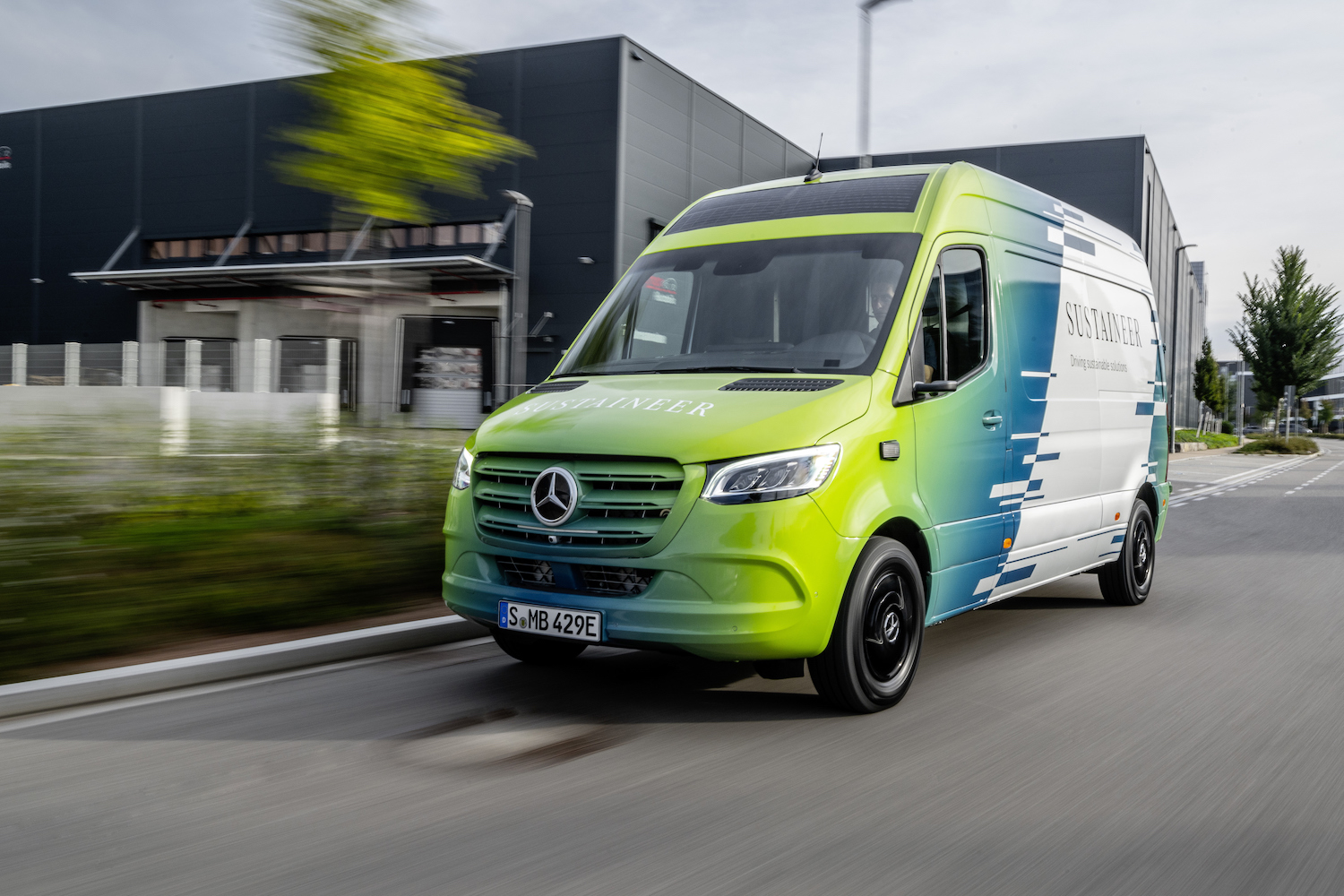Mercedes-Benz has shown off a new ultra-low emissions concept van called the Sustaineer (a portmanteau of SustainABILITY PIONeer). It’s based on the production electric eSprinter van, and we know what you’re thinking — isn’t the eSprinter low emissions already?
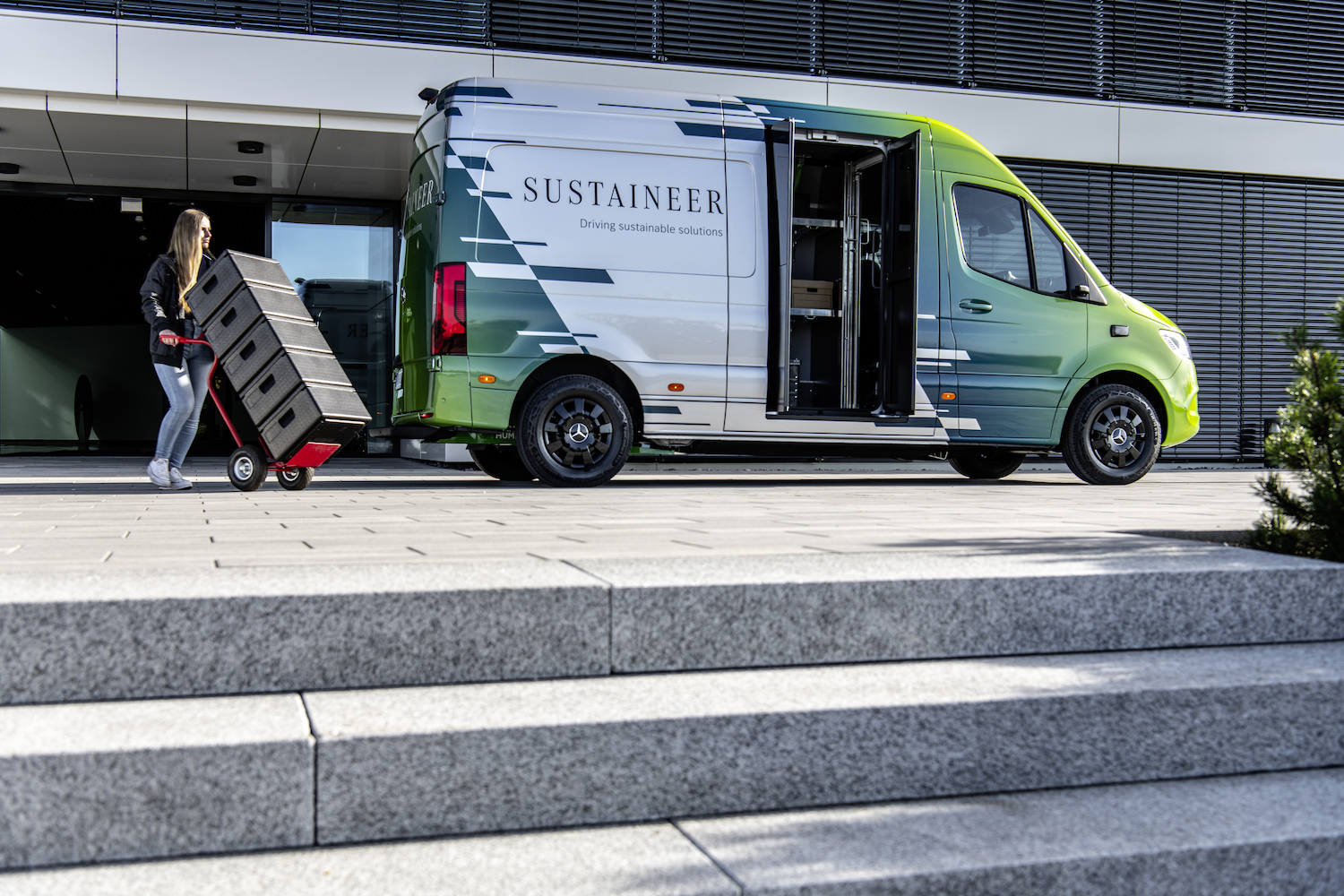
Complex emissions puzzle
Yes, it is, but the exhaust emissions (or lack of them, on an electric van) are only one part of the complex emissions puzzle. For example, there are also emissions from producing the electricity used to charge the eSprinter’s battery.
The Sustaineer looks to remove some of those by turning the roof into one giant solar panel. The panel measured 4.8-metres squared, and Mercedes claims that if you live and work in a reasonably sunny part of the world, it can contribute some 3,800km of extra electric mileage every year.

Sustaineer uses recycled fibres and straw
Next up is the van’s heating system for the cabin, which is mounted closer to the body and so it reduces warm-up times and cuts down on heat wasted in transmission. That all helps. So too do the materials used in the bodywork — those include underbody panels made from recycled polypropylene and fibres salvaged from recycled tyres. The partition between the cab and cargo area is straw — yes, straw — with a waterproof coating. The shelf uprights use water-based paint with a low proportion of organic solvents. The steering wheel cover is vegan leather.
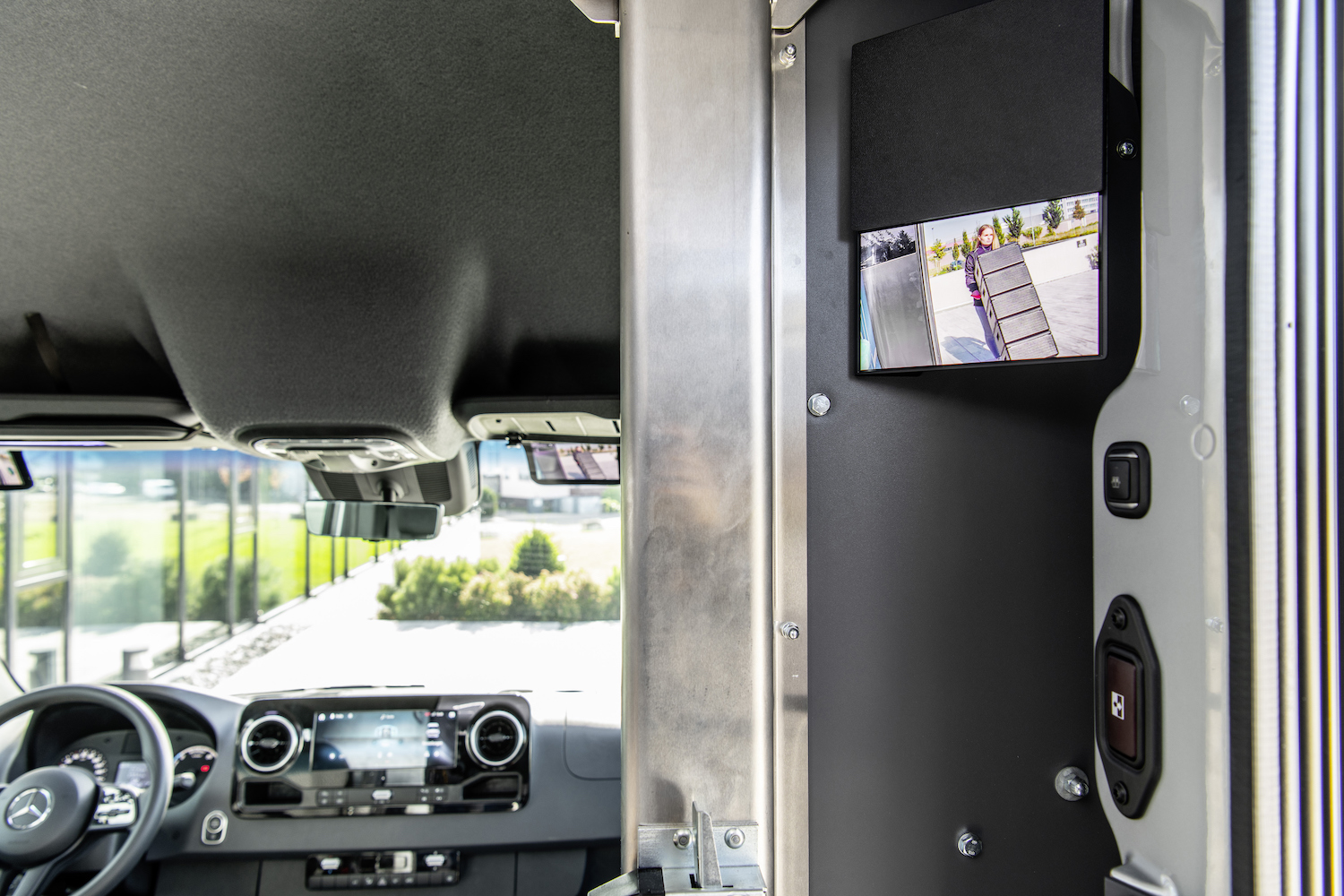
However, as cars and vans switch increasingly to electric power, more and more focus is being put on the other bits that cause emissions. Tyres and brake pads all trigger localised particulate emissions, especially of little particles and microplastics measuring less than 10-nanometres which are especially bad for human health.

To combat those, the Sustaineer has filters mounted down low under the body, which can capture as much as 50 per cent of those tiny particles, as well as particles that don’t come from the van itself but are kicked up from the road surface. The filters need changing only once a year, according to Mercedes.
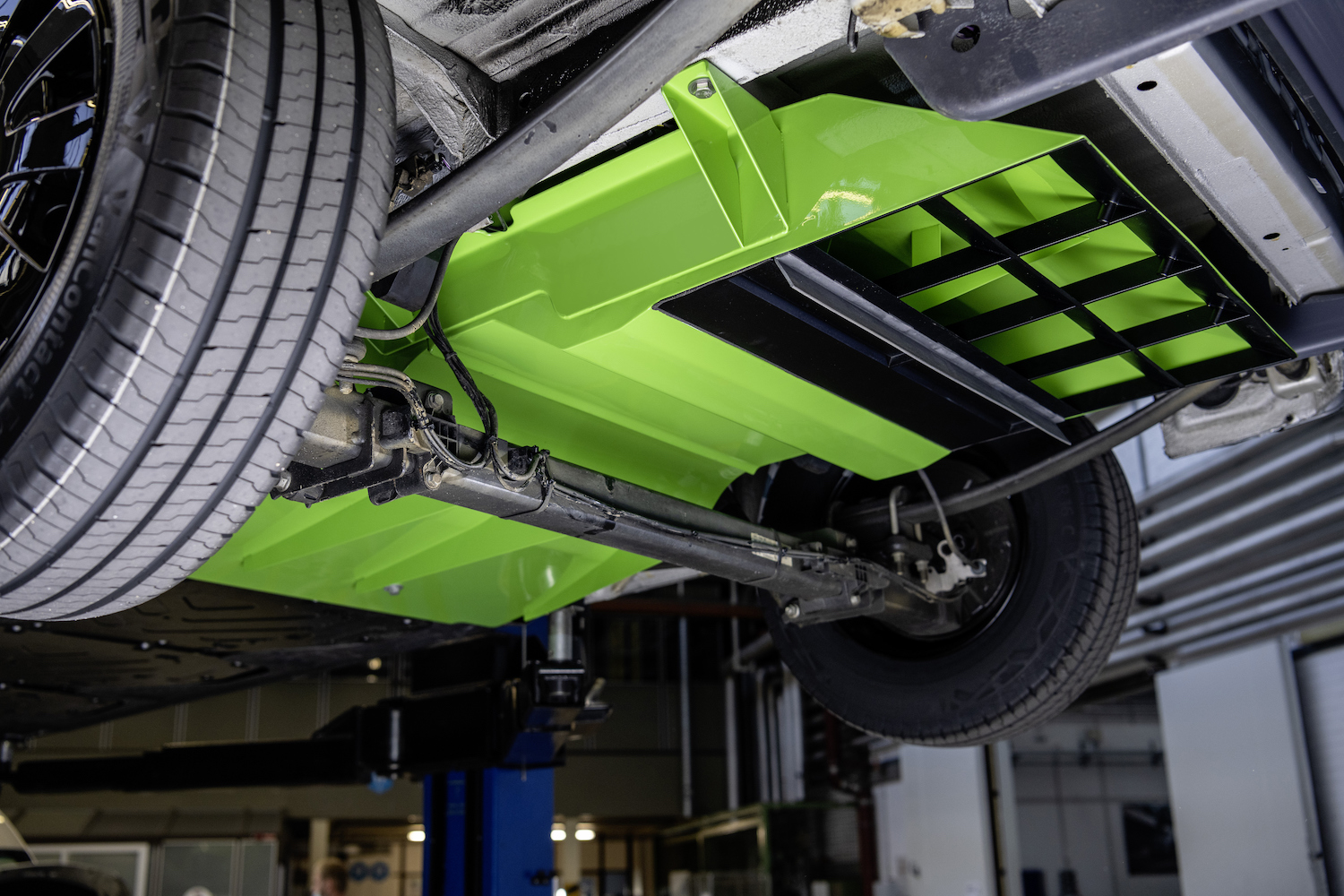
Only electric vans from now on
By the middle of this decade, Mercedes is promising that it will have launched its last combustion-engined van, and it’s currently developing a new dedicated commercial vehicle electric platform called VAN.EA. Its existing portfolio of electric vans — the eVito, eSprinter, and the passenger EQV — will be bolstered in 2022 by the arrival of the battery-powered eCitan and its passenger equivalent, the EQT. As of 2022, production will be carbon neutral at all Mercedes-owned van factories worldwide and they will only use electricity from renewable energy sources.
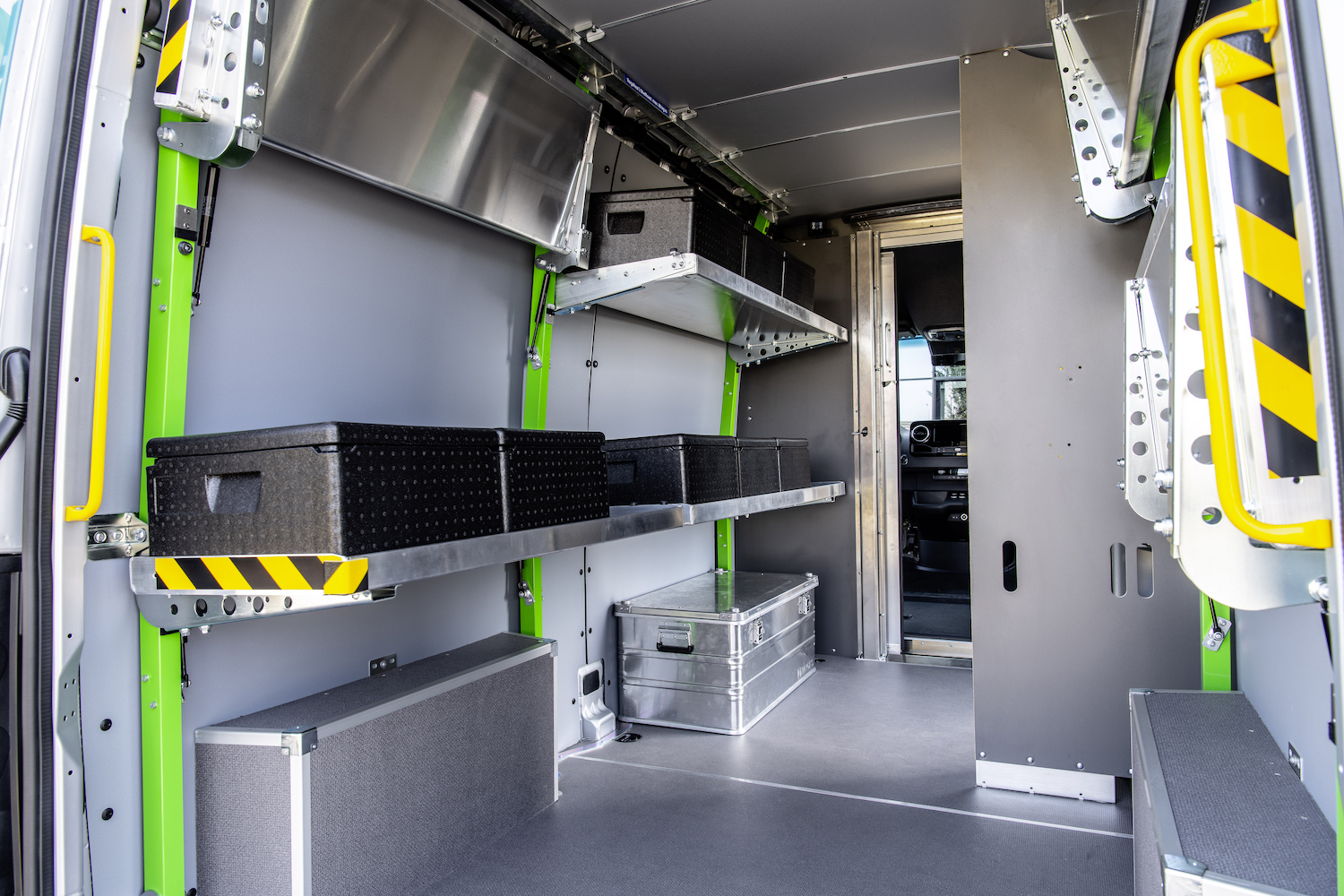
Mercedes is also working on new tech to help repair damaged or fault batteries, rather than replacing them, and wants to ramp up vehicle and battery recycling so that by 2030, some 60 per cent of all battery and vehicle construction will use recycled components and materials.

To protect human rights, Mercedes says that it will “only procure battery cells containing lithium and cobalt from certified mines in the future. Furthermore, every stage of the battery cell providers’ supply chains will be inspected according to OECD guidelines.”


